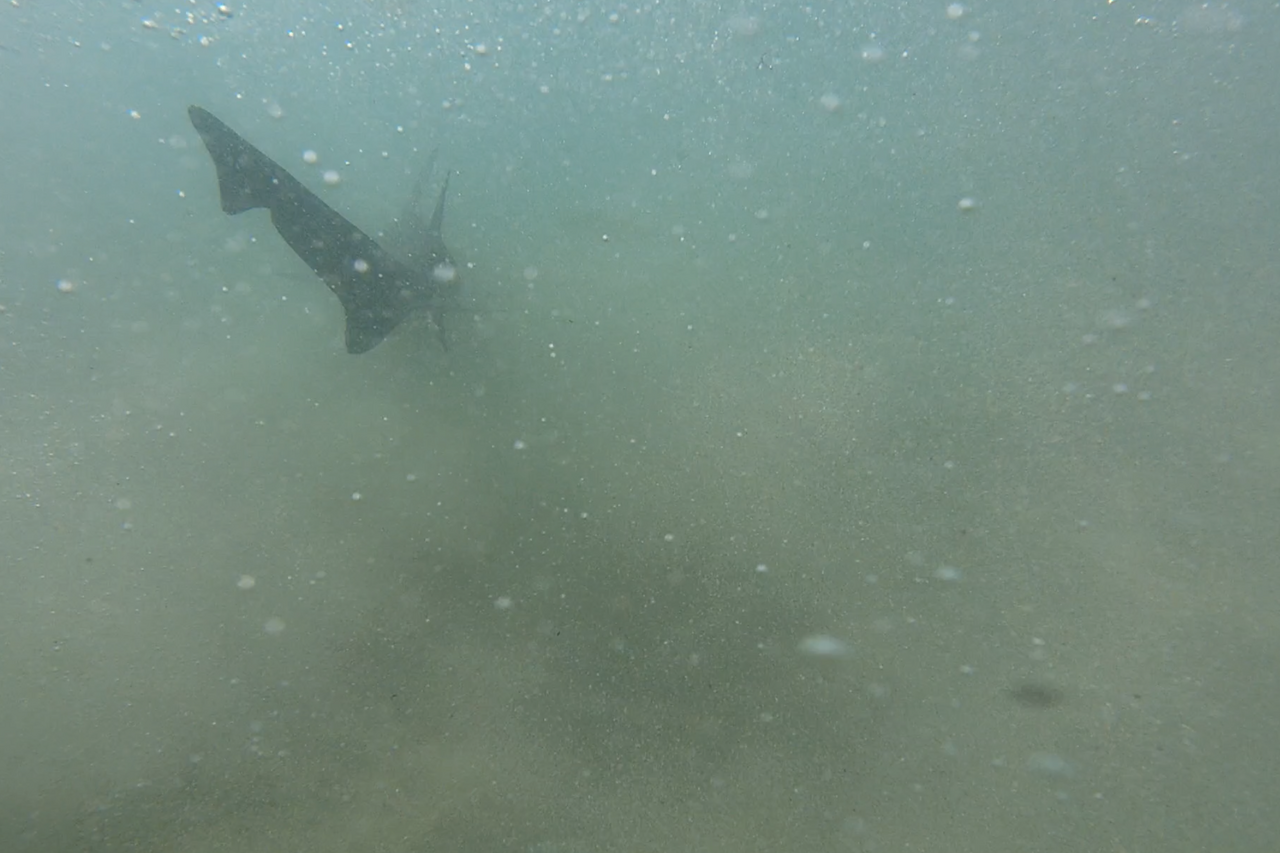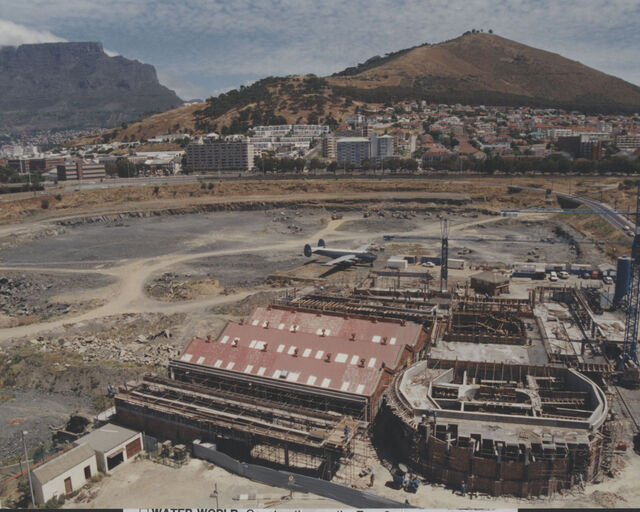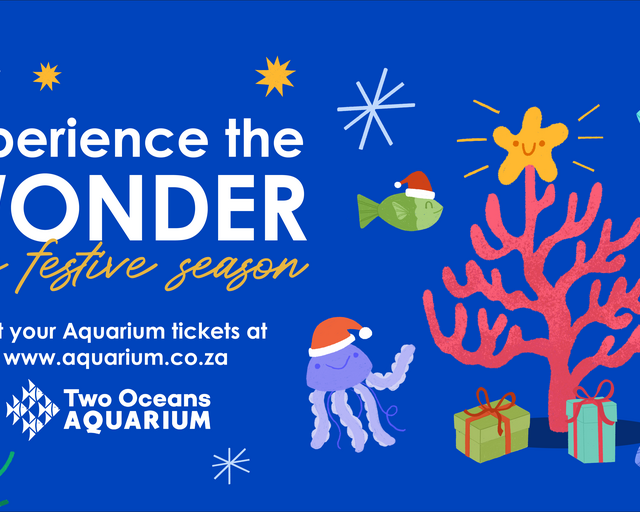The Two Oceans Aquarium released four spotted gully sharks

Our Two Oceans Aquarium collections team released four spotted gully sharks back into their ocean home at Mgwalana in the Eastern Cape!
The spotted gully sharks (Triakis megalopterus) were housed in our Kelp Forest Exhibit for several years but recently outgrew the space. “It is our practice to release our sharks once they outgrow the exhibit or become sexually mature,” said Simon Brill, Senior Aquarist at the Two Oceans Aquarium. “These gully sharks were collected at Mgwalana by anglers in 2017, 2020, and 2022, so we are fortunate to release them back into the wild where they were originally found.”
The gully sharks (three females and one male) were removed from the exhibit on 16 July 2024, weighing 11 to 23kg and measuring between 65 and 72cm. Temporarily housed in a large holding pool, the gully sharks were continuously monitored for some time by our in-house veterinarian, Dr Ilse Jenkinson. This included regular and carefully controlled health checks, blood testing, and measurements.
During this period, Dr Ilse and our veterinary team tagged all four gully sharks with VEMCO acoustic and spaghetti tags, both of which are used to identify and track the sharks after their release back into the ocean.
VEMCO tags, with a 10-year battery life, are inserted under the skin. The tag emits a high-frequency noise that transmits to underwater acoustic receivers located along the southern African coastline. If the gully shark swims within range of one of these “listening stations”, the presence of the tag is recorded. This allows the scientists who maintain the acoustic network to track the movement of the sharks along the coast.
Spaghetti tags, bearing a unique tag number and an address, are externally attached below the dorsal fin of each shark. If a fisherman catches one of these sharks, he is encouraged to record the location and date on which it was caught, the tag number, and the length of the shark. He should then send this information to the address on the tag (usually the Oceanographic Research Institute in Durban or Bayworld in Port Elizabeth).
On 13 August 2024, with Dr Ilse having given the gully sharks the all-clear, the day of release dawned! The team chose a suitable spot along the beach in Mgwalana, and the sharks were returned to their ocean home! “The release went well. The sharks were released into the calm, warm sea at Mgwalana after a short acclimation to the sea temperature. All four sharks swam off strongly,” said Brill.


Thanks to the acoustic and spaghetti tags, we will be able to learn a huge amount about the sharks’ movement and their lifestyles as they travel the coastline. Moreover, the tags provide scientists at various institutions with valuable knowledge, including the distance travelled by the sharks and their rate of growth since being tagged and released. All of this information is vital if we are to protect and conserve them.
Spotted gully sharks are endemic to the southern African coast from Walvis Bay in Namibia to Coffee Bay in the Eastern Cape. Frequenting sandy and rocky bottoms to depths of 50m, they are known locally as “Sweet Williams”. Unfortunately, spotted gully sharks are particularly at risk of overfishing by recreational fishermen and commercial longlines because they grow slowly, produce few young, and live close to the shore.
As they are still a few years from sexual maturity, the four gully sharks released by the Two Oceans Aquarium present an exciting opportunity to produce future generations of spotted gully sharks in the wild.

Cover image credit: Leanne Shelton
Related News
Sign up to our Newsletter
Receive monthly news, online courses and conservation programmes.




